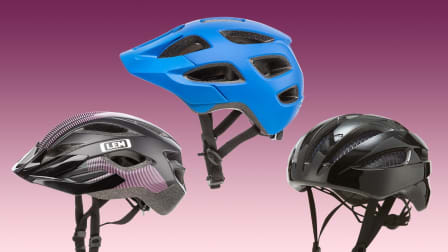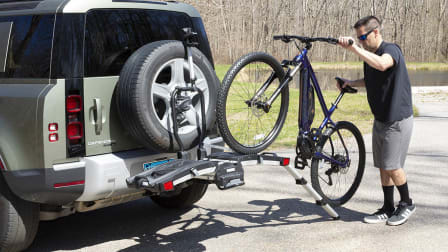How to Prevent an Electric Bike Fire
Lithium-ion batteries can be dangerous, but they don't have to be, fire officials say
Electric bike sales have soared in recent years as more people welcome the easy, fun mobility these motor-assisted bicycles can provide. An unfortunate side effect has been more lithium-ion battery fires.
Nationwide, there have been 188 explosions and more than 3,000 fires caused by lithium-ion battery-powered consumer devices since 2022, according to data from UL Solutions. In New York City, where many people rely on e-mobility devices such as electric scooters and bikes for their jobs and for general transportation needs, there was a significant rise in such fires in 2023—267 fires leading to 150 injuries and 18 deaths overall, according to the New York Fire Department (FDNY). According to FDNY figures, the number of e-mobility device fires is nearly nine times higher than in 2019, the last time there were no deaths associated with them.
But don’t be deterred from exploring whether an e-bike is right for you by alarming news reports. Aside from e-bikes and e-scooters, many consumer devices—including laptops and tablets, remote-controlled toys, and power tools—are powered by lithium-ion batteries. As long as they’re handled properly, they’re generally safe.
“The size of the battery scales the potential severity of the consequences of improper handling, charging, and storage,” says Dan Madrzykowski, senior research director at the UL’s Fire Safety Research Institute (FSRI). “The larger the battery, the higher the energy potential, which means they release more energy when they fail, leading to faster fire spread and potential damage.”
There are key steps owners can take to stay safe. FSRI and FDNY are at the cutting edge of lithium-ion battery fire prevention and shared several important safety tips with us.
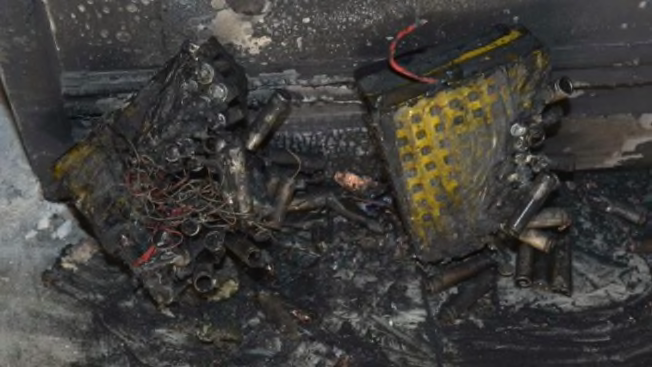
Source: FDNY Source: FDNY
Electric bicycles and e-scooters are nothing new in America’s most populous city—delivery workers there have been whizzing around on them for years now. Because of that, the city, in partnership with FSRI and other fire safety organizations, has led efforts to better regulate e-mobility devices in general, and lithium-ion batteries in particular.
Read our investigation into electric bike fires and lithium-ion batteries, "‘Fire! Fire! Fire!’ The Perplexing, Deadly Electric Bike Problem."
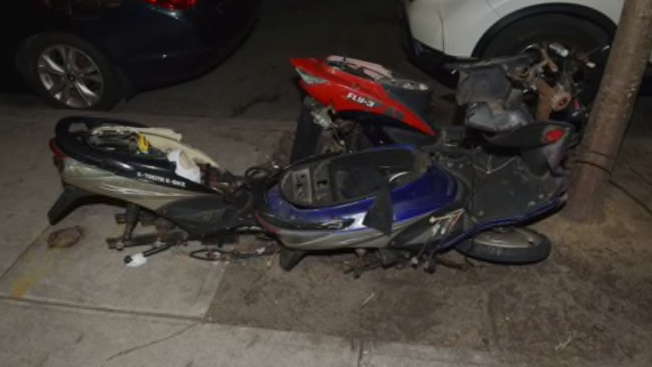
Source: FDNY Source: FDNY
Fire Prevention Tips
Follow these electric bike safety tips from the FDNY and FSRI. The same advice applies to any device powered by a lithium-ion battery, whether it’s a scooter, skateboard, phone, tablet, or robotic vacuum cleaner.
- Buy an electric bike that is certified by a qualified testing organization such as Underwriters Laboratory. The same applies to other devices powered by a lithium-ion battery.
- Follow the manufacturer’s instructions for charging and storage.
- Always use the manufacturer’s cord and power adapter made specifically for the bike.
- Do not leave an electric bike unattended while it’s charging, and don’t leave it charging overnight.
- If a battery overheats or you notice an odor, a change in shape or color, leaking, or odd noises, stop using it immediately.
- If the battery reacts in an alarming way, and it is safe to do so, move the device away from anything that can catch fire and call 911.
- Keep batteries and devices at room temperature. Do not place them in direct sunlight.
- Store batteries away from anything flammable.
- Do not use aftermarket batteries.
- Do not charge an electronic device under your pillow, on your bed, or near a couch.
- Do not block your primary way into and out of the building with an e-bike or other device.
- Do not leave an e-bike in a child’s room (or, say CR safety advocates, bedrooms in general).
- If the battery appears to be on fire, get out of the building quickly and call 911.
- Dispose of used batteries and chargers at a designated battery recycling center. Don’t just throw them in the trash.
- Educate relatives and friends about how to properly charge, care for, and dispose of lithium-ion batteries.
FDNY officials point out that when you need to dispose of a used rechargeable or lithium-ion battery, it’s illegal in many places (including New York City) to throw one out with the regular trash or recycling. Old batteries should be taken to a facility that recycles batteries. Learn more about battery recycling.
“You can find lithium-ion batteries in all sorts of products today that didn’t have them before,” says William Wallace, CR’s associate director of safety policy. “As technologies advance and help people in their daily lives, it’s critically important for all manufacturers—including those that make e-bikes—to comply with battery safety standards and have products tested by a third party."
Shopping for an Electric Bike?
See our e-bike ratings and buying guide.





























